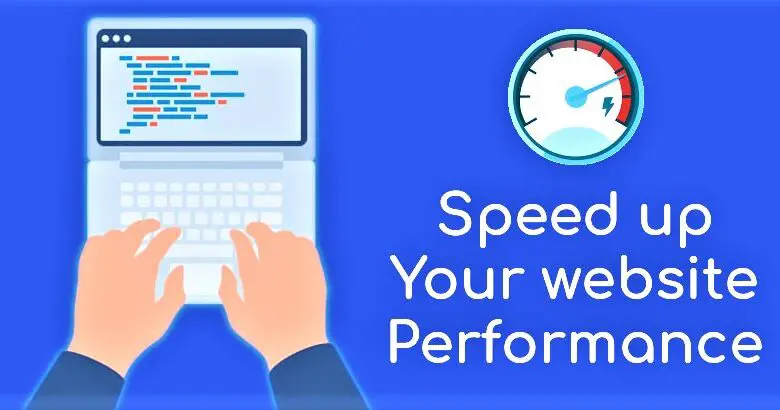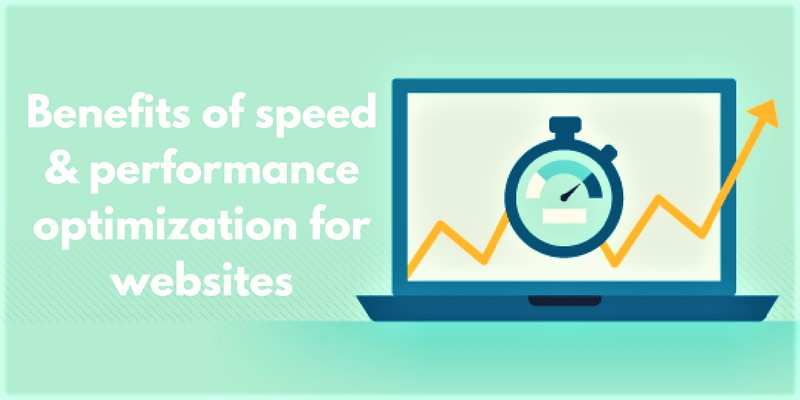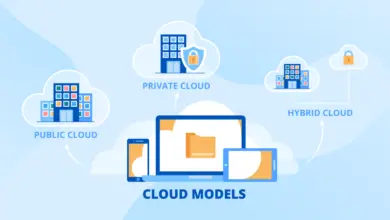The Ultimate Guide to Improving Your Website Performance
The Ultimate Guide to Website Performance

Website Performance: In today’s digital age, a website’s performance is crucial for its success. Users expect fast-loading, responsive, and efficient websites, and any slowdown can lead to frustrated visitors and potential loss of business. Therefore, optimizing your website’s performance is essential to provide a seamless user experience and achieve your business goals. In this guide, we will explore various strategies and best practices to improve your website performance.

Measure Current Performance
Before embarking on any optimizations, it’s crucial to assess your website’s current performance. This will serve as a benchmark to track improvements and identify problem areas. Use tools like Google PageSpeed Insights, GTmetrix, or WebPageTest to analyze your website’s speed, loading times, and performance scores. These tools will provide valuable insights into what aspects of your website need attention.
Optimize Images
Images are often the main contributors to slow-loading websites. Optimize your images by compressing them without sacrificing quality. You can use various image compression tools or plugins to achieve this. Additionally, consider using responsive images and lazy loading to load images only when they come into view, reducing initial page load times.
Utilize Browser Caching
Leverage browser caching to store static resources like images, stylesheets, and JavaScript files locally on users’ devices. This way, when users revisit your website, their browsers won’t need to download these resources again, leading to faster page loads.
Minify CSS and JavaScript
Reduce the size of your CSS and JavaScript files by minifying them. Minification removes unnecessary whitespace and comments, resulting in smaller file sizes, which leads to faster loading times. There are various online tools and build processes that can automate this for you.
Enable Compression
Enabling Gzip or Brotli compression on your web server can significantly reduce the size of your website’s resources during transfer. Smaller files mean faster load times and reduced bandwidth consumption.
Optimize Web Fonts
Web fonts can impact loading times, especially if they are large or hosted externally. Use web-safe fonts where possible, and consider using font-display: swap CSS property to ensure text content appears even before custom fonts fully load.
Reduce Server Response Time
A slow server response time can delay the loading of your website. Optimize your server’s configuration, database queries, and use content delivery networks (CDNs) to distribute your website’s resources across multiple servers globally, reducing latency for users in different locations.
Implement Asynchronous Loading
Load non-essential JavaScript asynchronously, meaning it won’t block the rendering of the page. By doing so, critical content can load faster, leading to improved perceived performance.
Optimize CSS Delivery
Render-blocking CSS can slow down page loading. Consider inlining critical CSS or deferring its loading to improve initial load times. Additionally, organize your CSS to remove unused rules and prioritize critical styles.
Use a Content Delivery Network (CDN)
A CDN caches your website’s static content on servers worldwide, reducing the distance between users and the resources they need. This leads to faster load times and better overall performance, especially for global audiences.
Monitor and Analyze Performance
Regularly monitor your website’s performance using tools like Google Analytics or other performance monitoring services. Analyze user behavior, loading times, and page speed metrics to identify areas that need improvement and track the impact of optimizations over time.
Optimize for Mobile
With the majority of internet users accessing websites through mobile devices, mobile optimization is paramount. Implement responsive design, ensure touch-friendly elements, and optimize images and resources for mobile devices to deliver a smooth experience across all screen sizes.

The Ultimate Guide to Improving Your Website Performance
Reduce Redirects
Minimize the number of redirects on your website. Redirects add extra time to the loading process and can negatively impact the user experience. If possible, use direct links to pages instead of redirects.
Implement HTTP/2
HTTP/2 is a major revision of the HTTP protocol that allows for faster and more efficient communication between browsers and servers. By supporting HTTP/2, your website can benefit from features like multiplexing, header compression, and server push, resulting in improved performance.
Regularly Update Software and Plugins
Keep your website’s software, CMS, and plugins up to date. Regular updates often include performance improvements, security fixes, and bug patches, ensuring your website remains efficient and secure.
Conclusion
Improving your website’s performance is an ongoing process that requires constant monitoring, analysis, and optimization. By implementing the strategies outlined in this guide, you can enhance your website’s speed, responsiveness, and overall user experience. A well-optimized website not only satisfies visitors but also positively impacts search engine rankings and conversion rates, leading to greater success for your online presence.
Frequently Asked Questions
Why is website performance optimization important?
Website performance optimization is crucial because it directly impacts the user experience. Fast-loading websites improve user satisfaction, reduce bounce rates, and increases the likelihood of visitors staying longer and engaging with your content. Moreover, search engines consider page speed as a ranking factor, so optimizing performance can positively influence your website’s visibility in search results.
How can I measure my website’s performance?
There are several tools available to measure website performance. Google PageSpeed Insights, GTmetrix, WebPageTest, and Pingdom are some popular options. These tools analyze your website and provide detailed reports on loading times, performance scores, and suggestions for improvement.
What are the main factors that affect website performance?
Several factors can impact website performance, including large image sizes, unoptimized code (CSS and JavaScript), server response time, lack of browser caching, excessive redirects, and the absence of a content delivery network (CDN). Addressing these issues can significantly enhance performance.
How can I optimize images without compromising quality?
To optimize images without compromising quality, use image compression tools or plugins to reduce file sizes. Consider using modern image formats like WebP, which offer better compression. Also, implement responsive images and lazy loading techniques to load images only when necessary.
What is browser caching, and how does it help improve performance?
Browser caching allows browsers to store static resources from your website locally on users’ devices. When users revisit your site, their browsers can fetch these resources from the local cache instead of downloading them again from the server, resulting in faster loading times.
What is minification, and how does it benefit my website?
Minification is the process of removing unnecessary characters (whitespace, comments, etc.) from code files like CSS and JavaScript. By minifying these files, you can significantly reduce their size, leading to faster downloads and improved page loading times.
Why should I use a Content Delivery Network (CDN)?
CDNs distribute your website’s static resources, such as images, stylesheets, and scripts, across multiple servers located in different regions. This helps reduce latency and download times for users, as resources are served from the server closest to their location.
What is the significance of responsive design for website performance?
Responsive design ensures that your website adapts and looks great on various devices and screen sizes. By catering to mobile users, you provide a better user experience, which can lead to increased engagement and improved performance.
Does my website need to support HTTP/2?
Supporting HTTP/2 is beneficial for website performance. It allows for multiplexing, header compression, and server push, resulting in faster and more efficient communication between browsers and servers. Most modern browsers already support HTTP/2, so it’s recommended to enable it on your website.
Is it necessary to monitor website performance regularly?
Yes, regular monitoring of website performance is essential. By using analytics tools and performance monitoring services, you can track the impact of optimizations, identify potential issues, and stay ahead of any performance-related challenges.
How often should I update my website’s software and plugins?
It’s best to update your website’s software, CMS (Content Management System), and plugins as soon as updates become available. Regular updates ensure that you have the latest features, performance improvements, and security patches, keeping your website running smoothly and securely.
Can website performance affect my business’s bottom line?
Yes, website performance can significantly impact your business’s bottom line. A slow and poorly performing website can deter potential customers, leading to reduced conversions and lost revenue. On the other hand, a fast and efficient website can improve user satisfaction, boost conversions, and enhance your overall online presence




